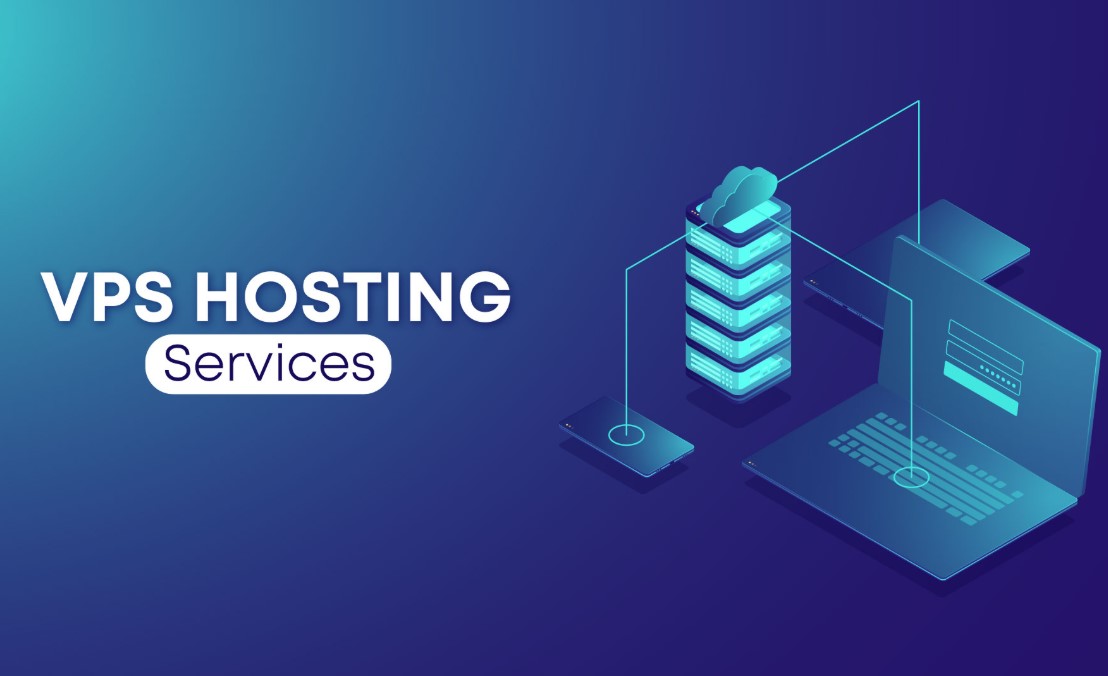
When it comes to web hosting, performance is not just a luxury, it’s a necessity. Businesses, developers, and content creators alike are all after one thing: reliability with speed.
A high-performance VPS hosting provider can make the difference between a website that thrives under pressure and one that buckles when traffic surges. But choosing the right VPS isn’t just about picking the one with the most RAM or CPU cores. It’s also about where that server is physically located, and why that matters.
A datacenter in the Czech Republic offers a compelling mix of central European connectivity, privacy-conscious infrastructure, and technological advancement. But not all providers are built the same.
Let’s break down what to truly focus on when selecting a high-performance VPS host with a Czech-based datacenter.
Why Server Location Matters More Than You Think
The first thing to understand is that geography impacts performance. It’s not just about legal jurisdiction or latency, though those are critical too. The closer your audience is to the physical server, the faster the load times, especially for dynamic content.
A Czech datacenter is strategically placed in the heart of Europe. This means optimal connectivity for users across Germany, Austria, Poland, and beyond. For businesses targeting EU customers, this setup keeps data within European borders, crucial for GDPR compliance and data sovereignty concerns.
That’s where looking into reliable VPS providers in Czech Republic becomes an early move worth making. Providers with modern infrastructure, low-latency routing, and solid uptime history stand out immediately when performance is your top priority.

Hardware That Doesn’t Hold You Back
Performance starts at the hardware level. Don’t settle for vague promises—ask specifics:
- Are the VPS nodes running on enterprise-grade CPUs like AMD EPYC or Intel Xeon?
- Is the storage NVMe-based or just SATA SSD?
- Do they use ECC RAM for error-free memory management?
Here’s a quick comparison that gives you an idea of what to expect:
| Component | Ideal for High Performance |
| CPU | Dedicated vCores from EPYC/Xeon |
| Storage | NVMe SSD (much faster than SATA) |
| RAM | ECC, scalable, guaranteed RAM |
| Network | 1 Gbps or higher, no overselling |
A provider offering top-tier specs backed by transparent descriptions is more likely to actually deliver the performance they advertise.
Transparent Resource Allocation (No Overselling)
Let’s get one thing clear: shared hosting and VPS hosting are not the same. But even within VPS, some providers oversell. That means they allocate more CPU and RAM than their hardware can realistically handle, hoping that users won’t consume their full limits all the time.
Avoid providers that promise “unlimited” or suspiciously cheap plans. Look for:
- Clearly defined vCPU allocations
- Guaranteed (not burstable) RAM
- Isolated environments (KVM-based virtualization is a good sign)
Performance suffers the moment another tenant on your node hogs resources. A good VPS host prevents that from happening through proper isolation and transparent provisioning.

Control Panel Options and Root Access
Usability also plays a part in performance, just indirectly. You shouldn’t have to jump through hoops to update PHP, install a database, or restart services.
Depending on your experience level, consider:
- For developers ─ Full root access, SSH, custom OS installs
- For SMBs ─ Optional panels like cPanel, Plesk, or DirectAdmin
- For both ─ Support for automation tools like Ansible, Git, or Docker
The ability to customize the stack and deploy efficiently means less time spent managing infrastructure and more time delivering value to your users.
Technical Support That Understands Servers
No matter how strong the hardware is, things will eventually need troubleshooting. That’s when you need support that knows their stuff─fast.
Avoid providers who outsource technical support to generalists. Instead, look for:
- In-house engineers available 24/7
- Ticket response times under 15 minutes
- Real server-side expertise, not just scripted replies
You’ll know a provider’s worth not by how they sell, but by how they support.

Real Performance Metrics and SLAs
Don’t fall for glossy uptime guarantees unless they’re backed by a Service Level Agreement (SLA). A good SLA includes:
- Minimum uptime (typically 99.9% or higher)
- Compensation terms for downtime
- Details on how performance is monitored and enforced
Some VPS providers offer real-time status dashboards and performance logs. That kind of transparency is what separates high-performance hosting from vague promises.
Match Performance With Purpose
Choosing a high-performance VPS hosting provider with a Czech datacenter isn’t about checking one or two specs, it’s about finding the right balance. Hardware specs, network design, redundancy, customer support, and transparent practices all play a part.
Businesses operating in Europe, or targeting EU customers, should especially consider hosts with servers in the Czech Republic. The strategic location, combined with well-developed infrastructure, makes it ideal for performance-focused hosting.
In the end, the best VPS provider is the one that understands your business needs, delivers consistent speeds, and backs it all up with real accountability, not just buzzwords.














